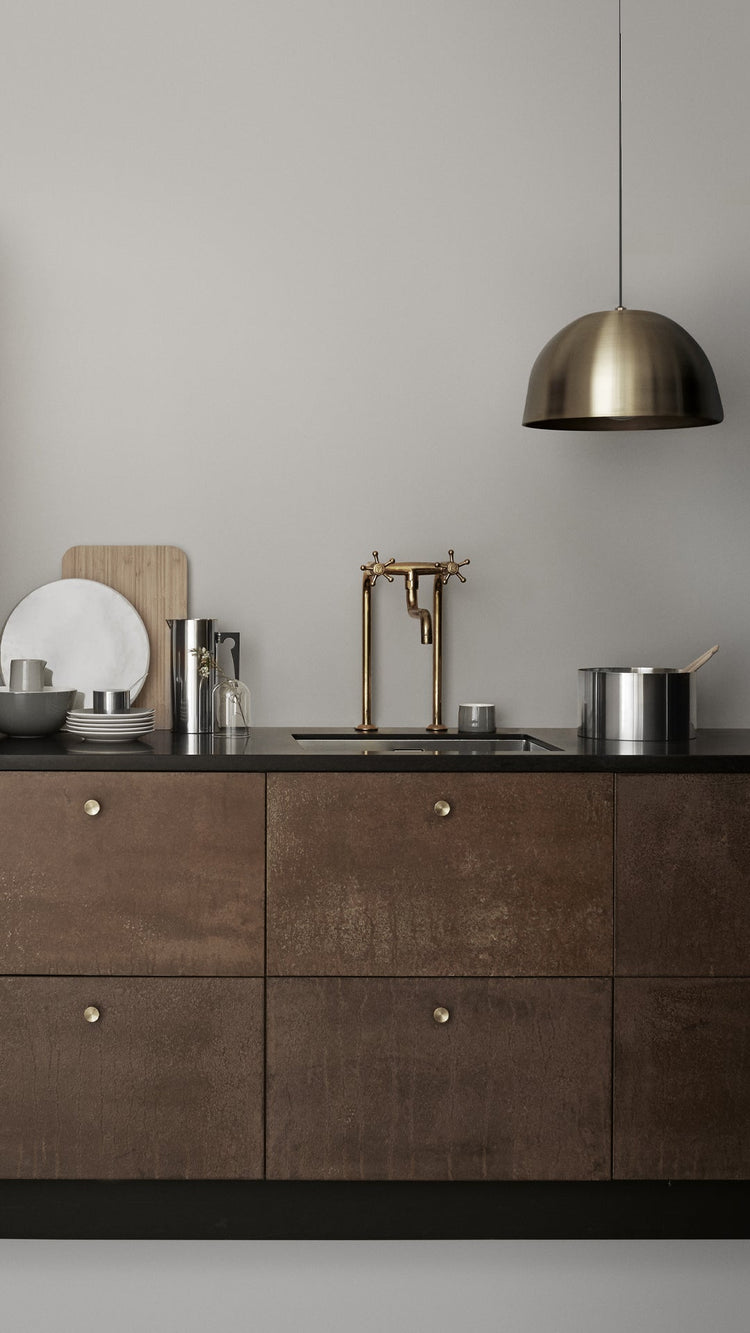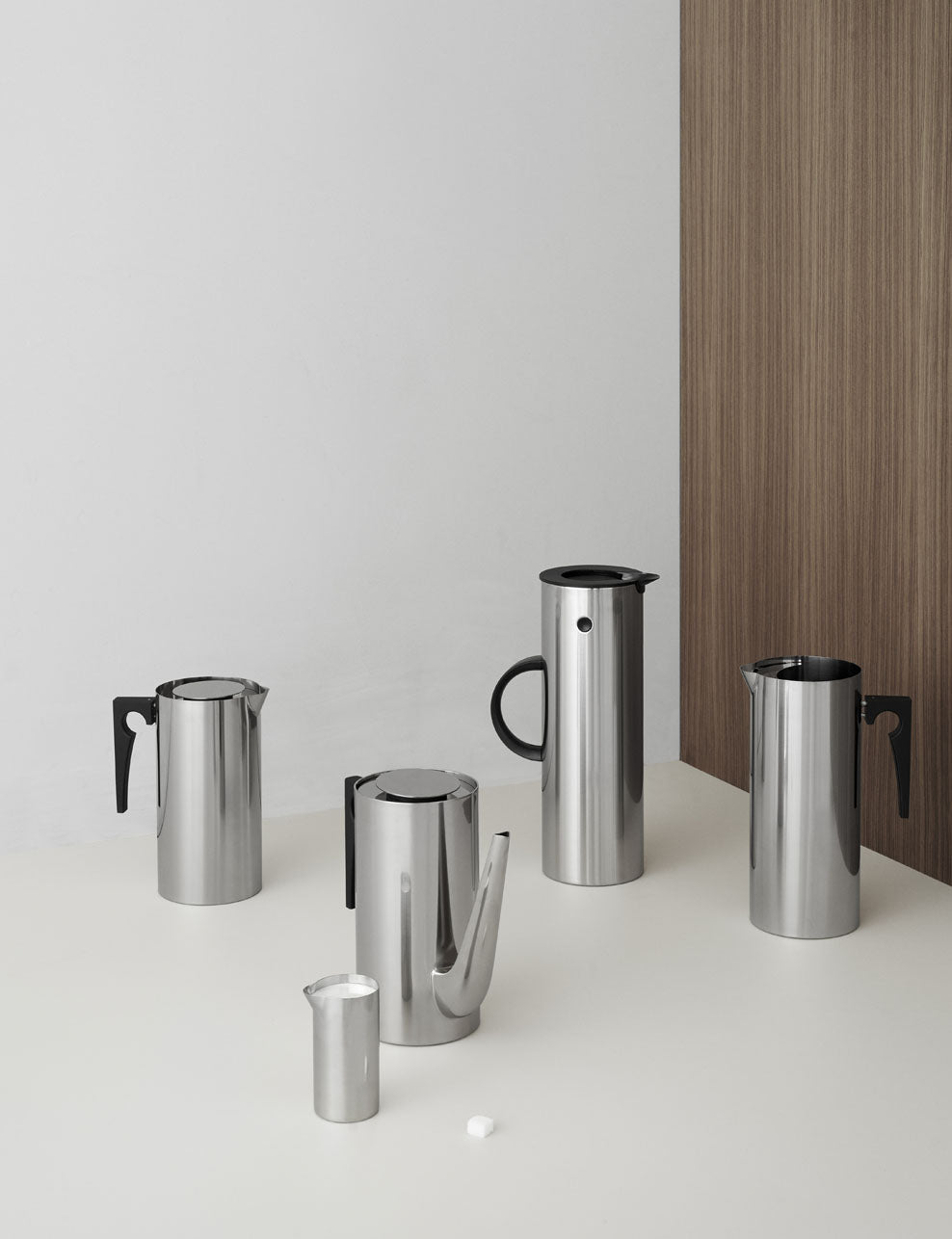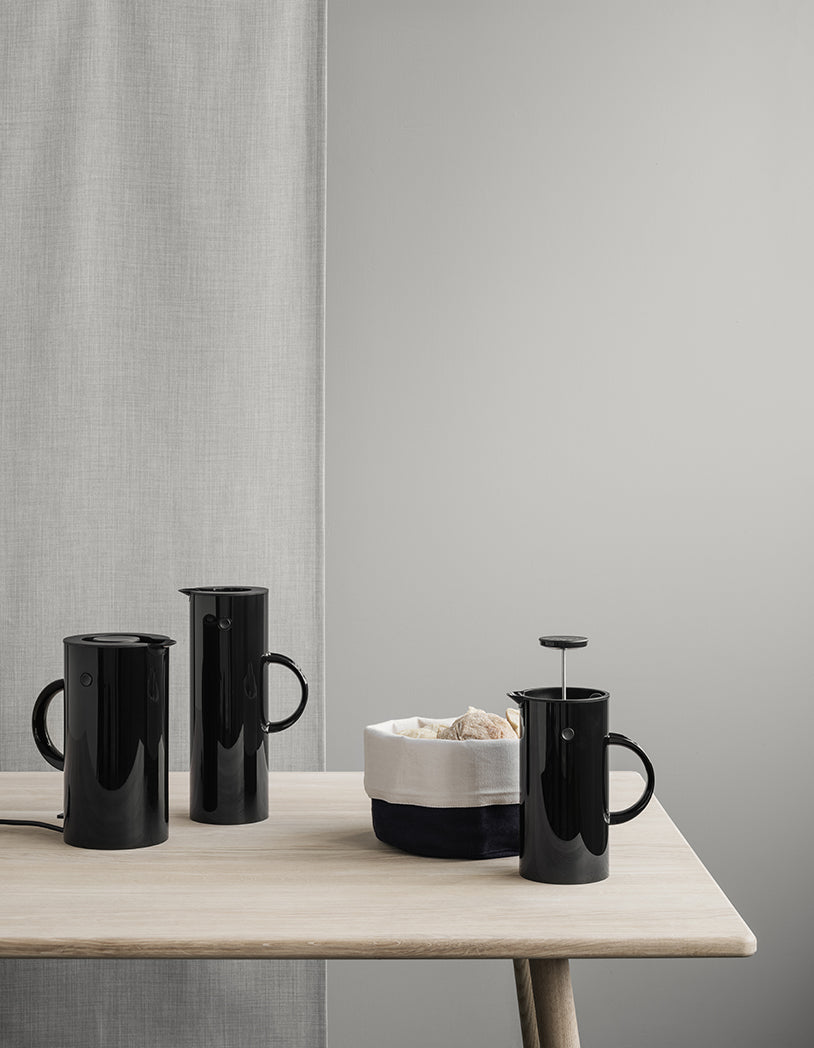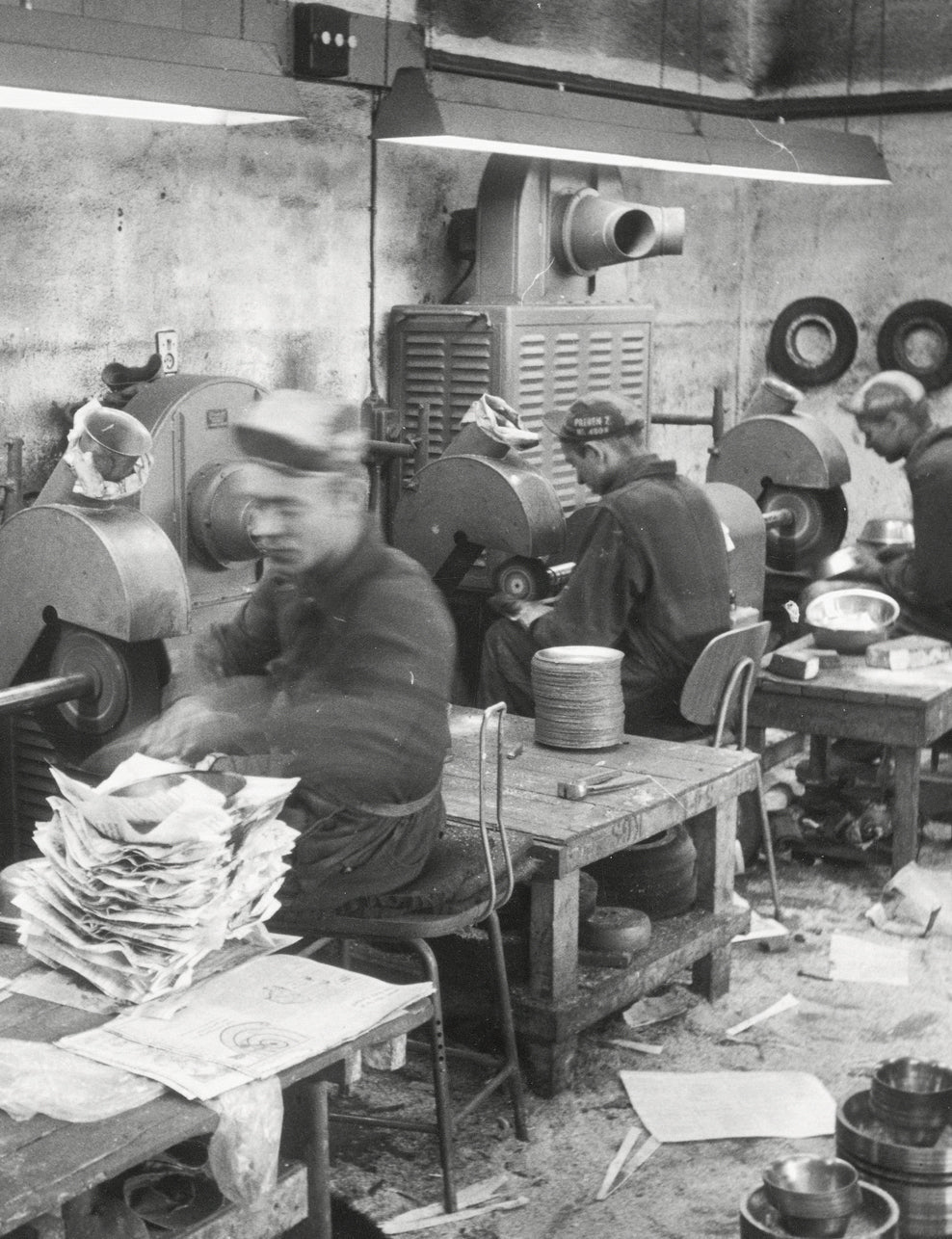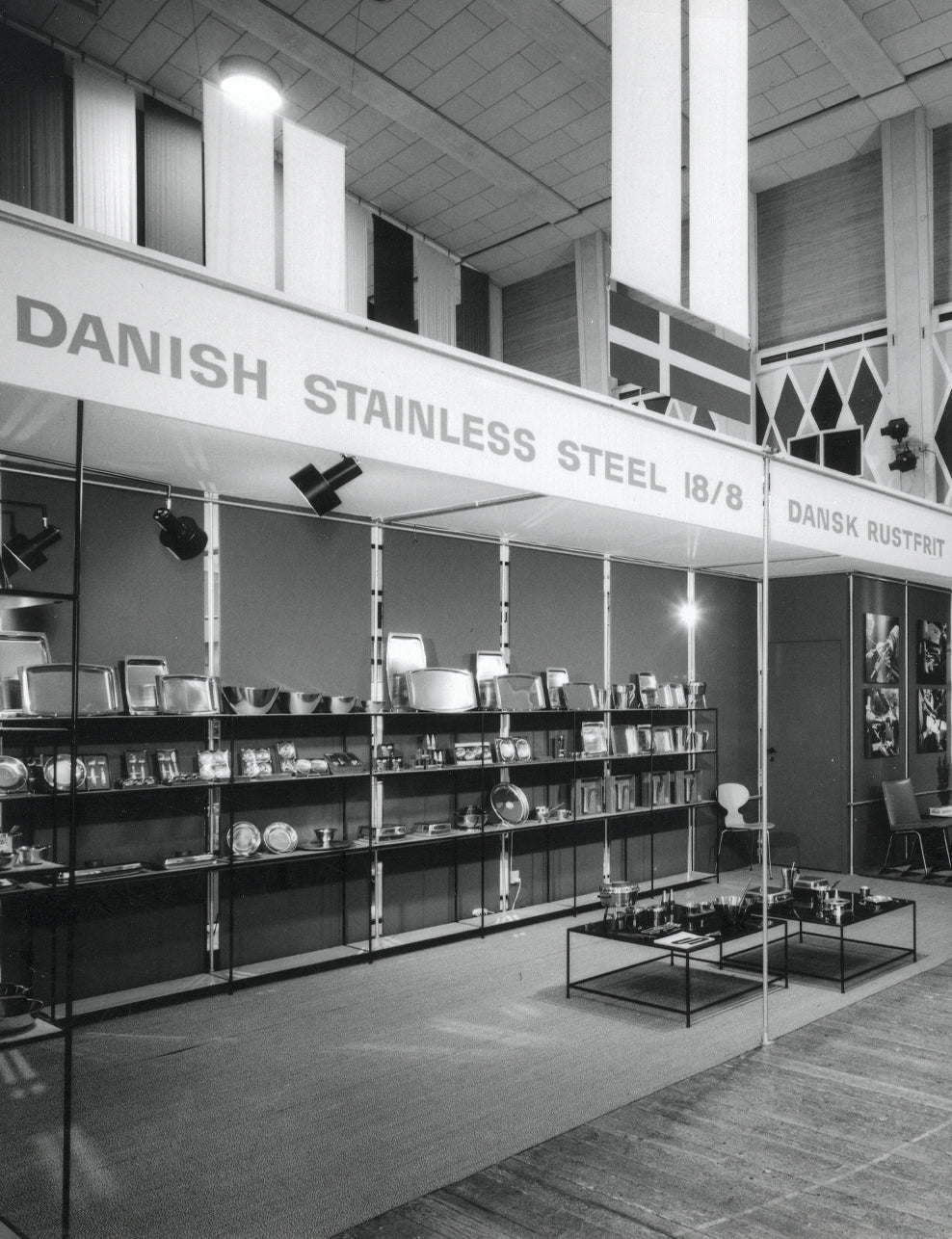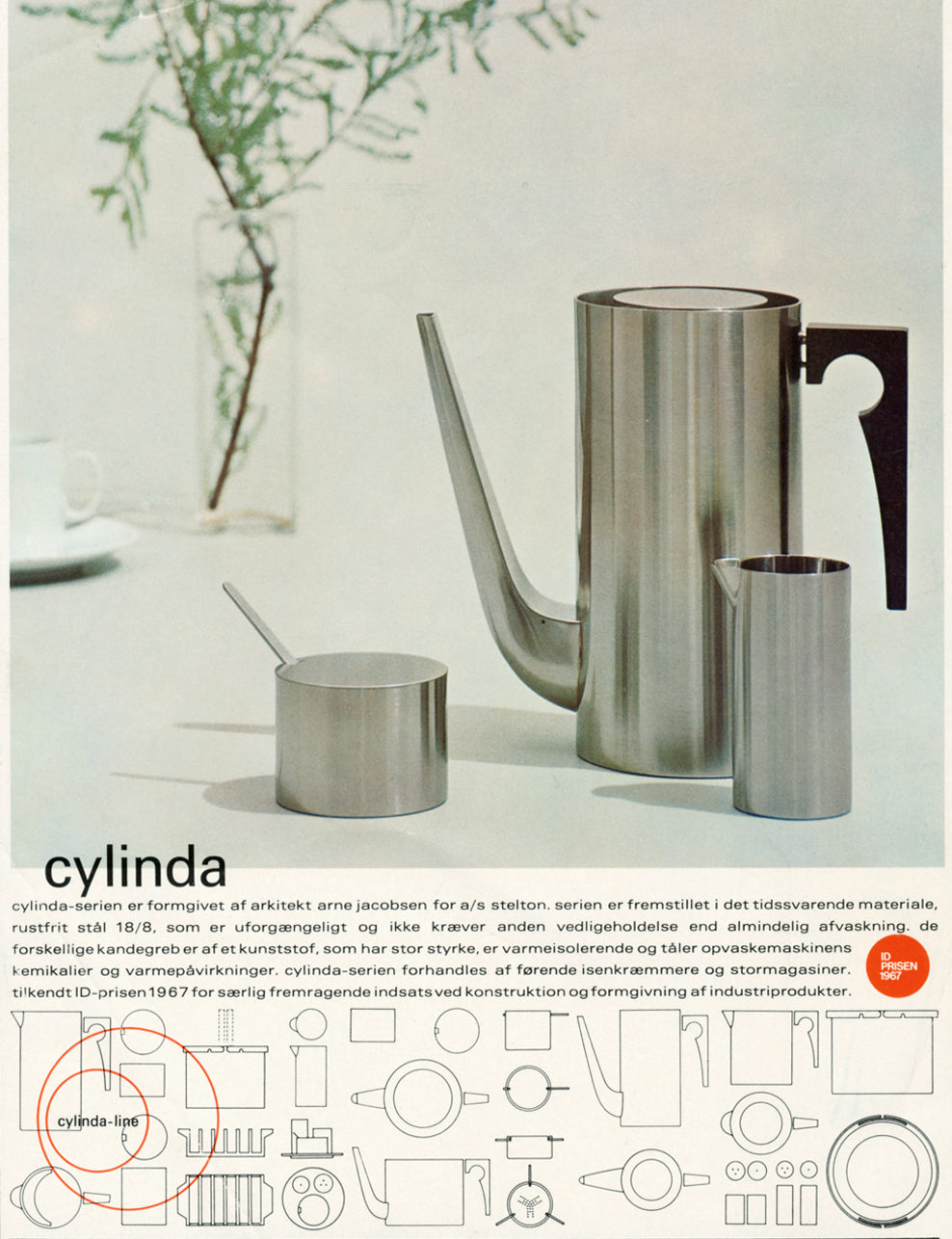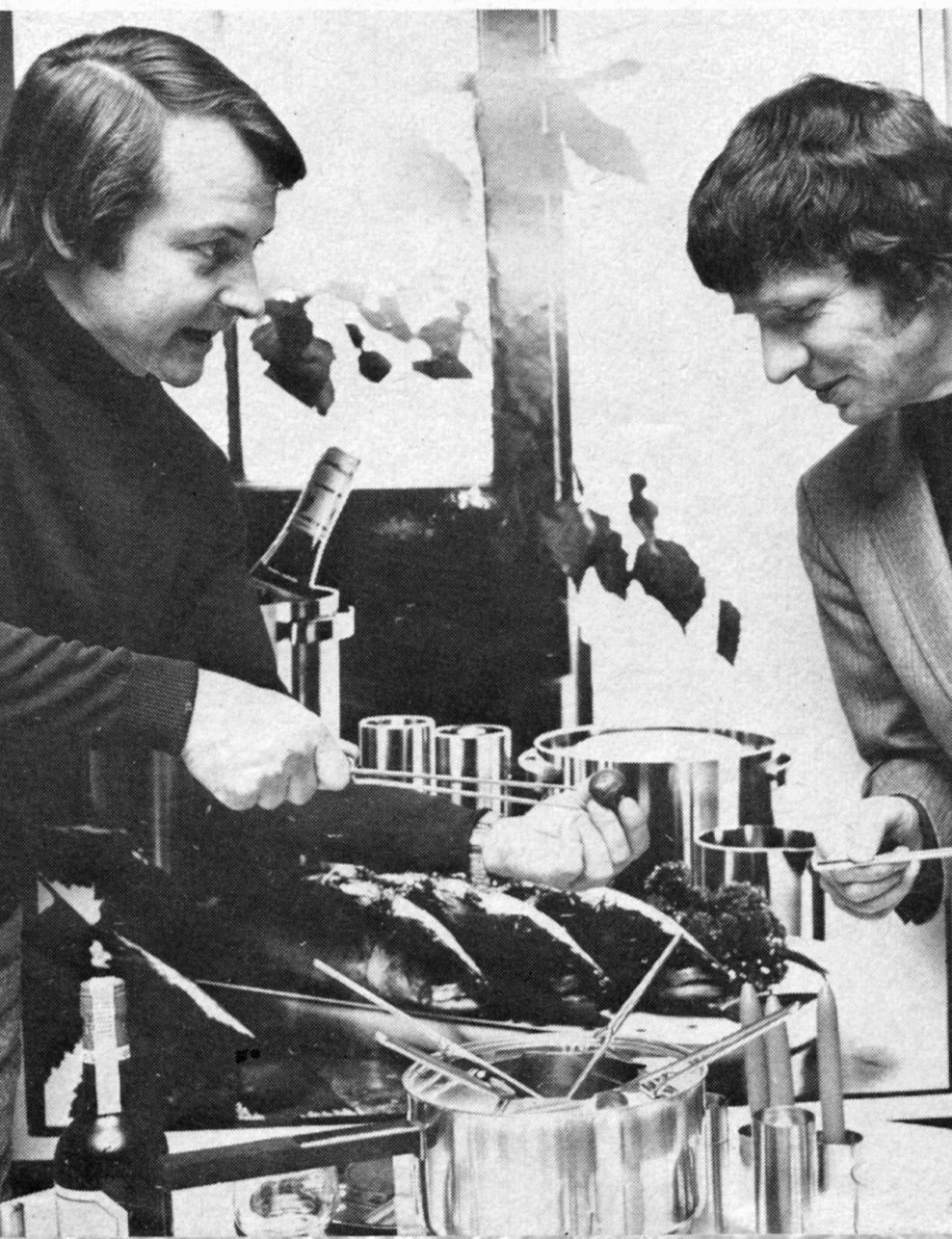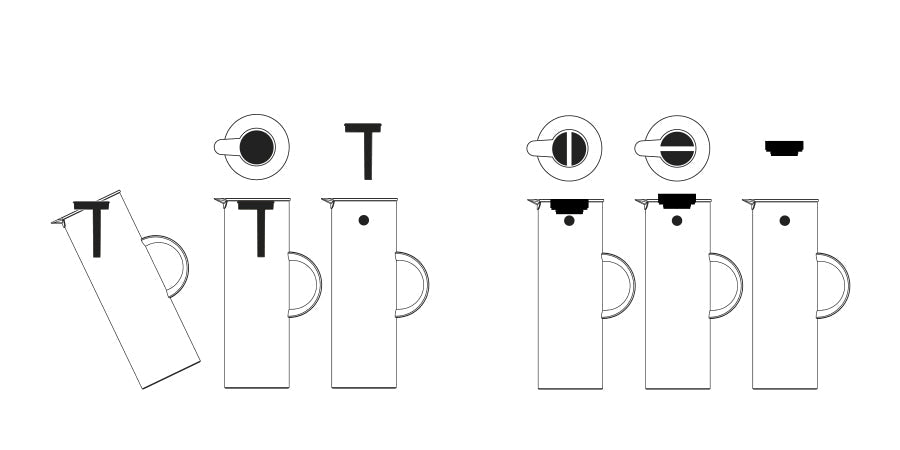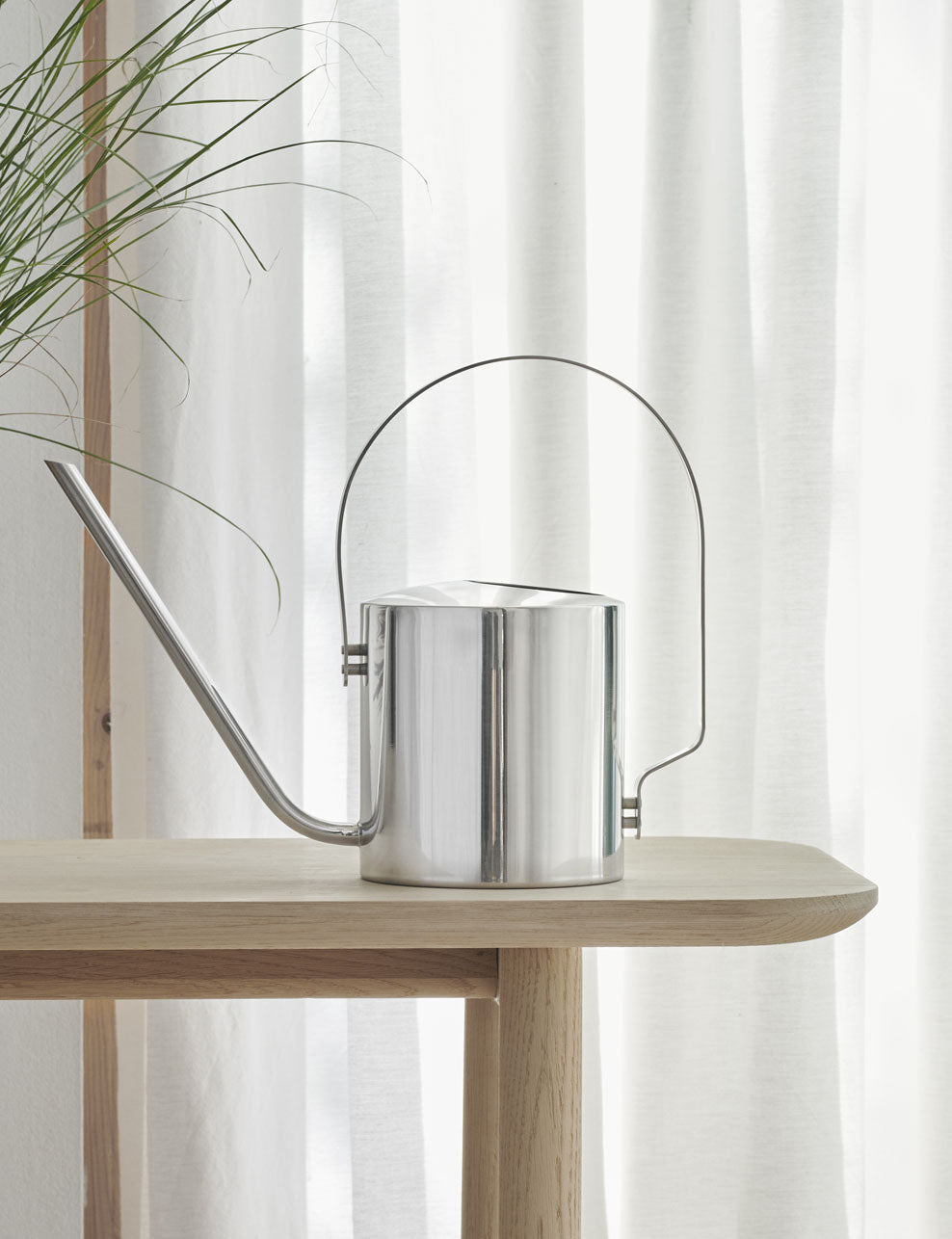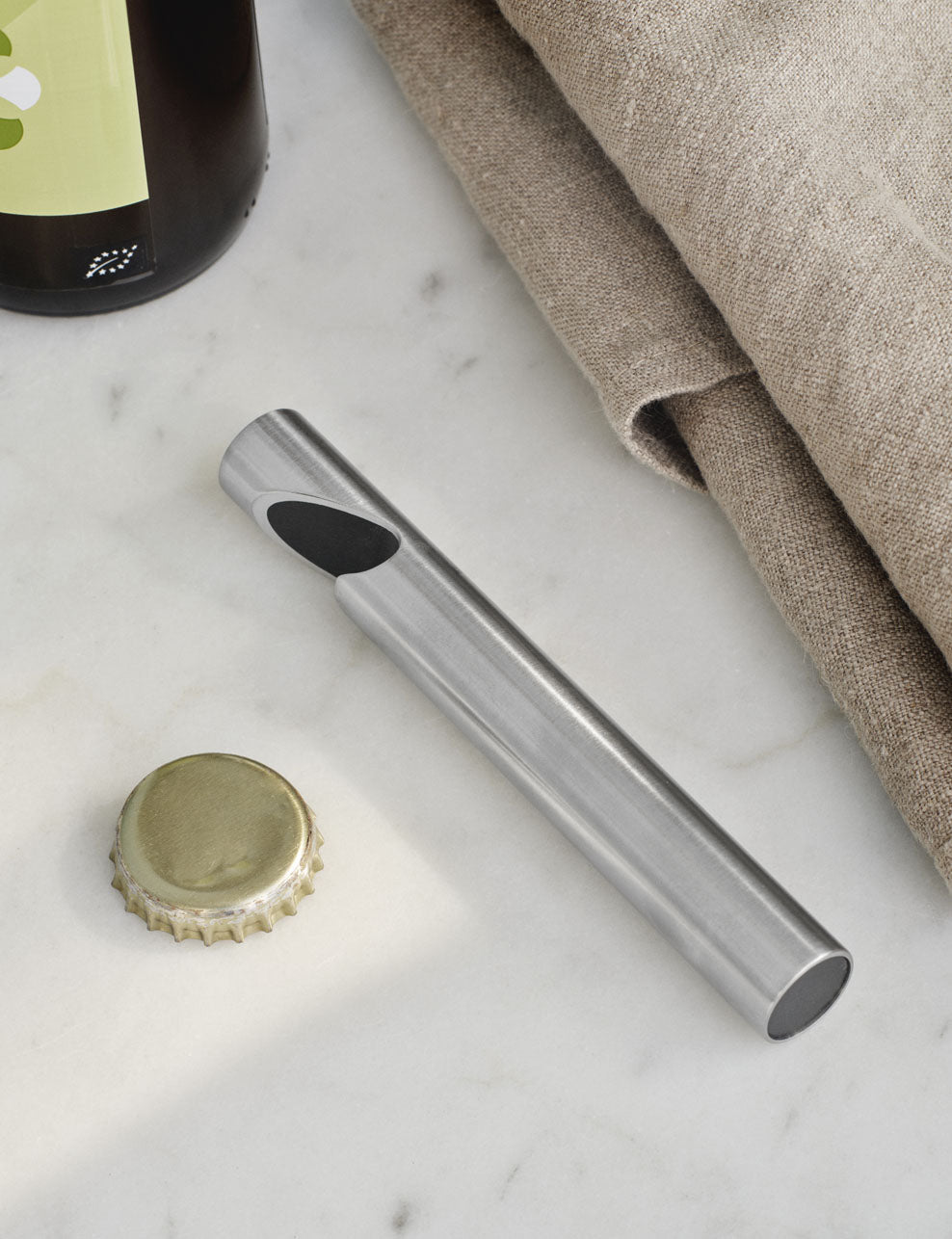The year was 1960
It all started more than 60 years ago with Stellan and Carton, two soldier comrades who let their names melt together and created one of the most well-known design brands in Denmark - Stelton. First, they tried selling sports shoes and furniture, but sales did not really take off before they heard about a small factory in Fårevejle in Northern Seeland. The factory was called “Danish Stainless”
Danish Stainless
Danish Stainless produced serveware in stainless steel which was very modern in Denmark during the 1960s. After having made a deal with the owner of Danish Stainless, Jørgen Knudsen, Stelton started promoting a sauce bowl in stainless steel which became very popular with the Danish hardware stores. At the same time the gravy boat became very popular outside of Denmark. In the US products form Danish Stainless were synonymous with Danish design and were sold in exclusive department stores and design shops.
In 1963 a young Peter Holmblad was engaged as a Sales Manager and later became the CEO of Stelton. He brought visionary ideas about how to market Stelton into the company. New catalogues, packaging and graphic design were part of his strategy to create a new design brand. But Peter Holmblad knew that it would not be enough – the only way Stelton could survive was to develop new designs. There were too many companies producing the same kind of products.
Peter Holmblad was Arne Jacobsen’s stepson and since Arne Jacobsen was one of the most famous Danish architects and a designer, it was only natural that Peter Holmblad went to see his stepfather with his ideas.
Arne Jacobsen
Peter Holmblad was Arne Jacobsen’s stepson and since Arne Jacobsen was one of the most famous Danish architects and a designer, it was only natural that Peter Holmblad went to see his stepfather with his ideas.
However, Arne Jacobsen was a very busy man, so Peter Holmblad made some sketches himself, knowing that they would probably not be accepted by the master, but he hoped that they would provoke Arne Jacobsen to take over. He succeeded with this strategy during a family dinner and a simple drawing made on a napkin was the first draft of what would become Arne Jacobsen’s first design of a serveware.
After three years of product development Cylinda-line was launched in 1967 and immediately, it was awarded several design prices. At that time the characteristic cylindrical profile was very avant-garde. Today, the series is recognized as a symbol of a classic, sophisticated style.
EM77
The next important designer that worked for Stelton was Erik Magnussen who created the iconic EM77 vacuum jug in 1977, hence the name. Later Peter Holmblad introduced some of his own designs like the Original watering can which has become a design classic to aesthetics with green fingers, and the complete Original bar series inspired by the cylindrical shape.
Family-owned business
In 2004 the Ring family acquired Stelton and since then Stelton has extended its collaboration with international architects and designers. They contribute to assuring that Stelton’s assortment is characterised by a synthesis between form and function and innovative ideas. Stelton has its own internal product development and quality control department and strives to be a brand that the world’s best designers wish to work for.
For more than five decades Stelton has embellished offices, meeting rooms, restaurants and private homes of people who appreciate good design.
”Together with our first-class designers we strive to create timeless design that makes everyday life more beautiful.”
- Michael Ring, CEO, Stelton
Design philosophy
Stelton’s products must have a purpose, meet our customer’s needs and be functional. We believe in simplicity and Scandinavian minimalism. Form and function must create a synthesis that embodies innovative and multiple ideas with regard to concept, design and materials.
Our guideline is: "less is more".
Steltons design philosophy comprises four main points:
- Timelessness
- Simplicity
- Functionality
- Innovation
Stelton’s values
Scandinavian design heritage
We wish to continue the Scandinavian design heritage. Not by dwelling in history and tradition for the sake of it but by using it as a source of inspiration and by refining and developing this unique design heritage.
Innovative approach
We do not wish to follow any one’s footsteps, but walk our own. Our program should signify a new and innovative approach to product design within its category.
Distinct quality
We wish to create products in a distinct quality – worthy to our proud history and tradition. Our products should not be compromised in terms of quality whether in aesthetic quality, functional quality or physical quality.
Tickle the design gene
The products we make should tickle the design gene, they should be interesting and appealing and give the user added value.

